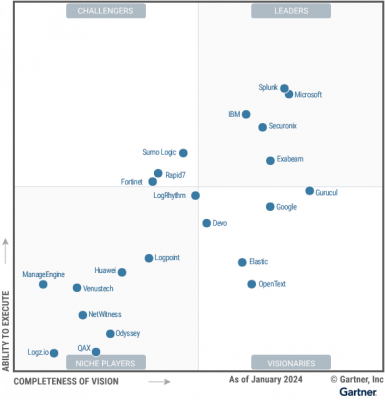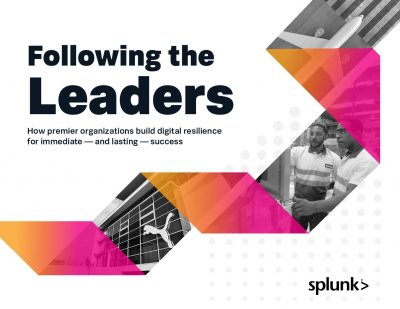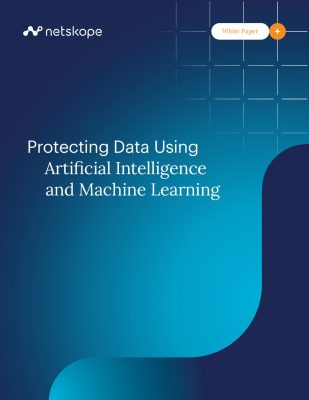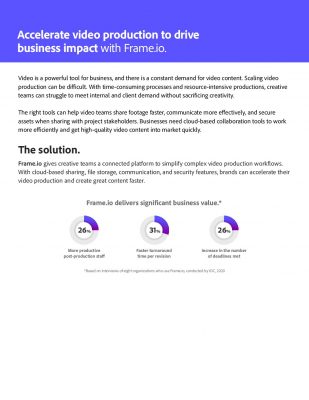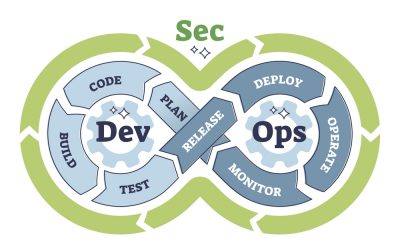Highlights:
- At the core of any cognitive architecture lies ethical AI guidelines, establishing a foundation for responsible AI applications that align with societal values.
- Through the utilization of cognitive architecture, AI systems can decipher and analyze intricate data inputs, extract valuable insights, and execute actions grounded in cognitive reasoning.
Within the realm of artificial intelligence, the business-centric cognitive architecture denotes the fundamental framework and computational configurations that empower intelligent systems to observe, analyze, and interact with their surroundings. It comprises a set of cognitive functions, knowledge representations, and mechanisms supporting intricate decision-making and problem-solving abilities, empowering AI systems.
How Businesses Can Leverage Cognitive Architecture?
The integration of cognitive infrastructure and large language models (LLMs) has a substantial impact on businesses, particularly in decision support. By incorporating AI into decision-making processes, organizations utilize predictive analytics and risk assessment tools to inform strategic planning. This not only enhances operational efficiency but also elevates the quality of decisions, ultimately leading to positive business outcomes.
At the core of value-based cognitive platform architecture lies ethical AI guidelines, establishing a foundation for responsible AI applications that align with business values. In the intricate interplay between AI and human intelligence, cognitive architecture takes center stage as the conductor, blending the potential of both realms to achieve unparalleled business excellence.
As enterprises increasingly harness the capabilities of cognitive methods, understanding its underlying mechanisms becomes essential for optimizing utilization and driving innovation in various sectors.
How Cognitive Architecture Works?
The functionality of profitable cognitive analytics architecture hinges on the intricate interaction among various pivotal components, such as perception, knowledge representation, reasoning, and decision-making processes. These components collectively establish the foundational structure supporting the cognitive capabilities of an AI system.
With cognitive infrastructure, AI systems can decipher and analyze intricate data inputs, extract valuable insights, and execute actions grounded in cognitive reasoning. This facilitates developing more sophisticated and successful AI applications.
Understanding the functioning provides a foundational framework for effectively synchronizing it with AI systems, enabling the development of more human-like and adaptive technologies.
How is Cognitive Architecture Used in AI?
It syncs with AI in multiple ways, leading to more advanced platform development.
-
Developing intelligent systems
A cost-effective cognitive network architecture serves as a roadmap for crafting AI systems, delineating essential cognitive elements like perception, memory, decision-making, and learning their interconnections. This blueprint empowers AI developers to construct systems capable of emulating human cognition, facilitating perception, learning, understanding, and responsive actions akin to human thought processes.
-
Enhancing AI performance
Understanding the interaction between cognitive analytics allows developers to optimize AI system design, enhancing performance. This includes designing systems capable of learning from experiences and adapting to novel situations, thereby improving their capacity to tackle complex tasks.
-
Designing adaptive systems
In dynamic environments, AI systems crafted with cognitive architecture can learn from experiences and dynamically adjust their behavior, enhancing adaptability. This enables them to handle unforeseen circumstances by evolving their responses based on the changes.
The synchronization of profit-centric cognitive architectures and general intelligent systems lays the groundwork for the development and implementation of various cognitive AI models, each designed to emulate human-like cognitive processes and enhance the capabilities of intelligent systems.
Cognitive Architecture Models
Innovative models promise to revolutionize the AI landscape and redefine the boundaries of cognitive computing.
-
Active control of thought-rational (ACT-R)
ACT-R aims to comprehend how the brain organizes itself into discrete processing modules, simplifying cognitive functions to fundamental operations essential for cognition.
-
Learning intelligent distribution agent (LIDA)
The LIDA model emerged as an integrated framework endeavoring to encapsulate human cognition, spanning from the initial processes of perception and action to the realms of higher-level reasoning.
It aims on capitalizing cognitive architecture and instructional design, encompassing both the foundational aspects of sensory-motor interactions and the intricate mechanisms of abstract thinking and informed decision-making.
-
Soar
The central objective of Soar was to develop versatile agents capable of executing diverse tasks, serving as the cornerstone for emulating human cognitive capabilities. Drawing upon principles from ACT-R and LIDA, Soar aimed to establish a framework for creating agents with broad functionalities, mirroring the complexity of human cognition.
Concluding Lines
Integrating cognitive architecture design for profit optimization will undoubtedly remain pivotal in shaping the future of business strategy. From augmenting human decision-making to driving autonomous operations and fueling digital transformation initiatives, cognitive infrastructure holds the key to unlocking new frontiers of innovation and driving sustained business growth.
By harnessing the capabilities of AI systems built on cognitive patterns, businesses can unlock new opportunities, improve business processes, and deliver unparalleled value to customers.
Explore our extensive collection of carefully curated technology-related whitepapers. These invaluable resources will enhance your knowledge and skills with in-depth analysis and assessment.





